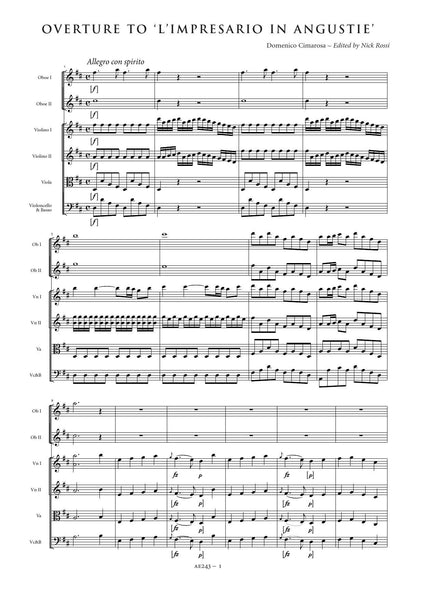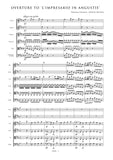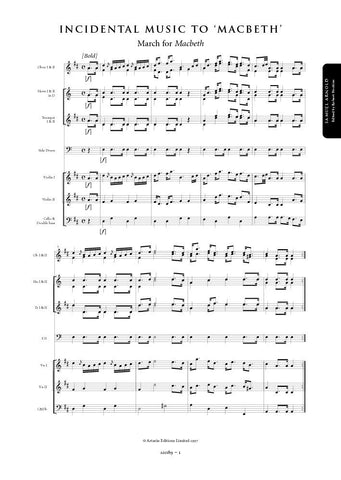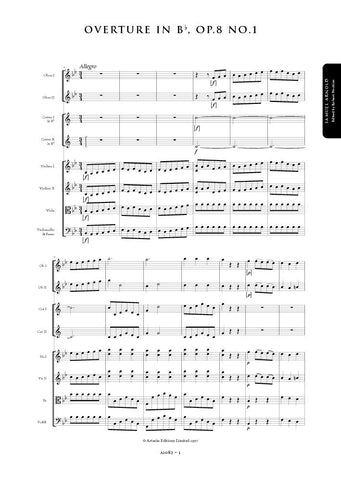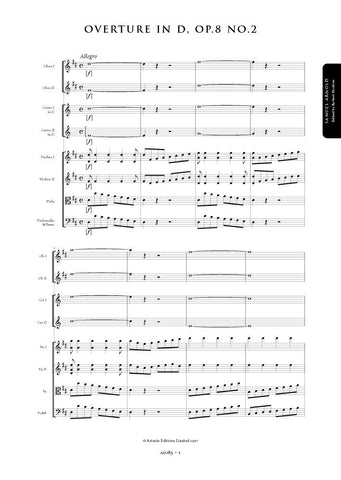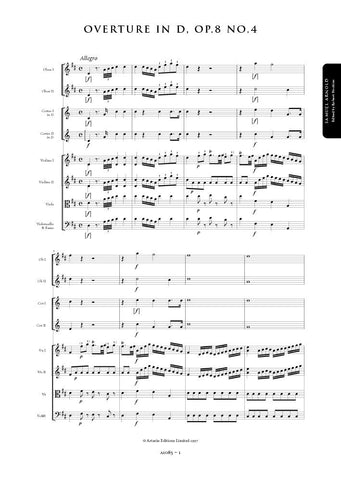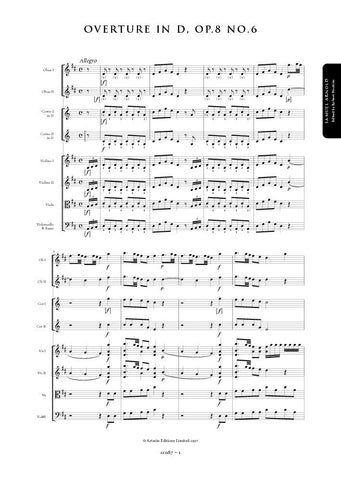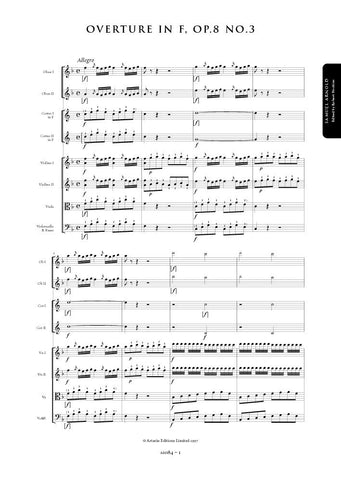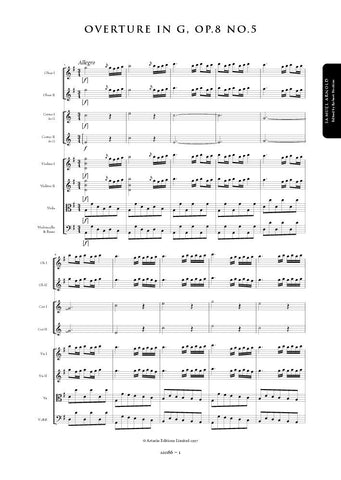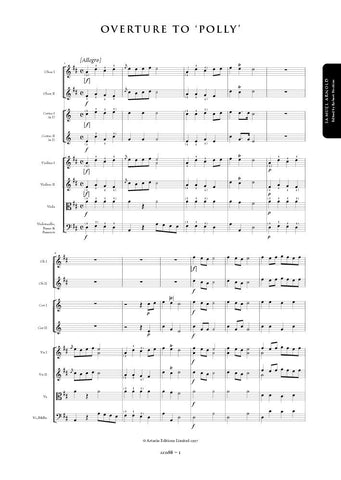Details
|
The one-act farsetta per musica, L'impresario in angustie (The Impresario in Distress), proved to be one of Domenico Cimarosa's most successful works. Within a year of its prima in 1786 at Teatro Nuovo in Naples, it played in Rome and was soon heard in Paris (in a two-act version), Barcelona and at Eszterhza under the musical direction of Joseph Haydn. By 1795 it had been produced in Lisbon,Warsaw, Vienna, Dresden, Copenhagen and St Petersburg. Before the turn of the century L'impresario in angustie had been performed in Danish, Swedish, Polish, Russian, French, German and English.
Goethe heard the work in Rome, where, because of the papal edict forbidding women to appear on stage, it had to be performed by an all-male cast. He was so impressed by the opera that when he took over the management of the court theatre in Weimar in 1791, he translated the text into German, adding two of his own lieder to the work.When he revived it a year later, he interpolated selections from Mozart's Schauspieldirektor.
There are at least five different overtures which have been found to exist for L'impresario in angustie, and each of these overtures clearly resembles overtures Cimarosa wrote for other operas, oratorios and cantatas. The version offered here is based on an 18th-century MS preserved in the Bibliothèque Nationale, Paris, under the shelfmark D.10349, the undoubted source of the printed edition of 1802 published in Paris by Sieber and the most widely-used version of the overture. Except for the scoring, this version is identical to the overture Cimarosa wrote three years earlier for La villana reconosciuta (The Country Girl Revealed) which was scored for oboes, bassoons, horns and strings. Parts of the following version of the overture are identical or similar to sections found in the overtures to Oreste (Naples, 1783), the oratorio Giudetta (Venice, 1782), its revision as La Betulia liberata (Paris, ?), the cantata Atene edificata (St Petersburg, 1788), the solo intermezzo Il maestro di cappella (ca 1786-93, location of first performance unknown) and Cimarosa's opera Il pittor parigino (Rome, 1781).
With a libretto by Giuseppe Maria Diodati, L'impresario in angustie tells the story of an 18th-century Neapolitan impresario who is trying to put together an opera production to take on tour. His poet is at work creating a text while his composer creates the music. One by one, the three leading ladies of the company try to tell the impresario, composer and poet exactly what they want their part and arias to be like. Unsurprisingly, the impresario goes bankrupt and the opera is never produced.
In the absence of the composer's autograph score the editor has sought to keep as faithfully as possible to Cimarosa's probable intentions as transmitted in the source. Articulation and dynamic markings have been largely standardised throughout, and, where missing, markings have been reconstructed from parallel passages. These are indicated by the use of dotted slurs or brackets where appropriate. Obvious wrong notes have been corrected without comment; editorial emendations with no authority from the source are placed within brackets.
Nick Rossi
|




